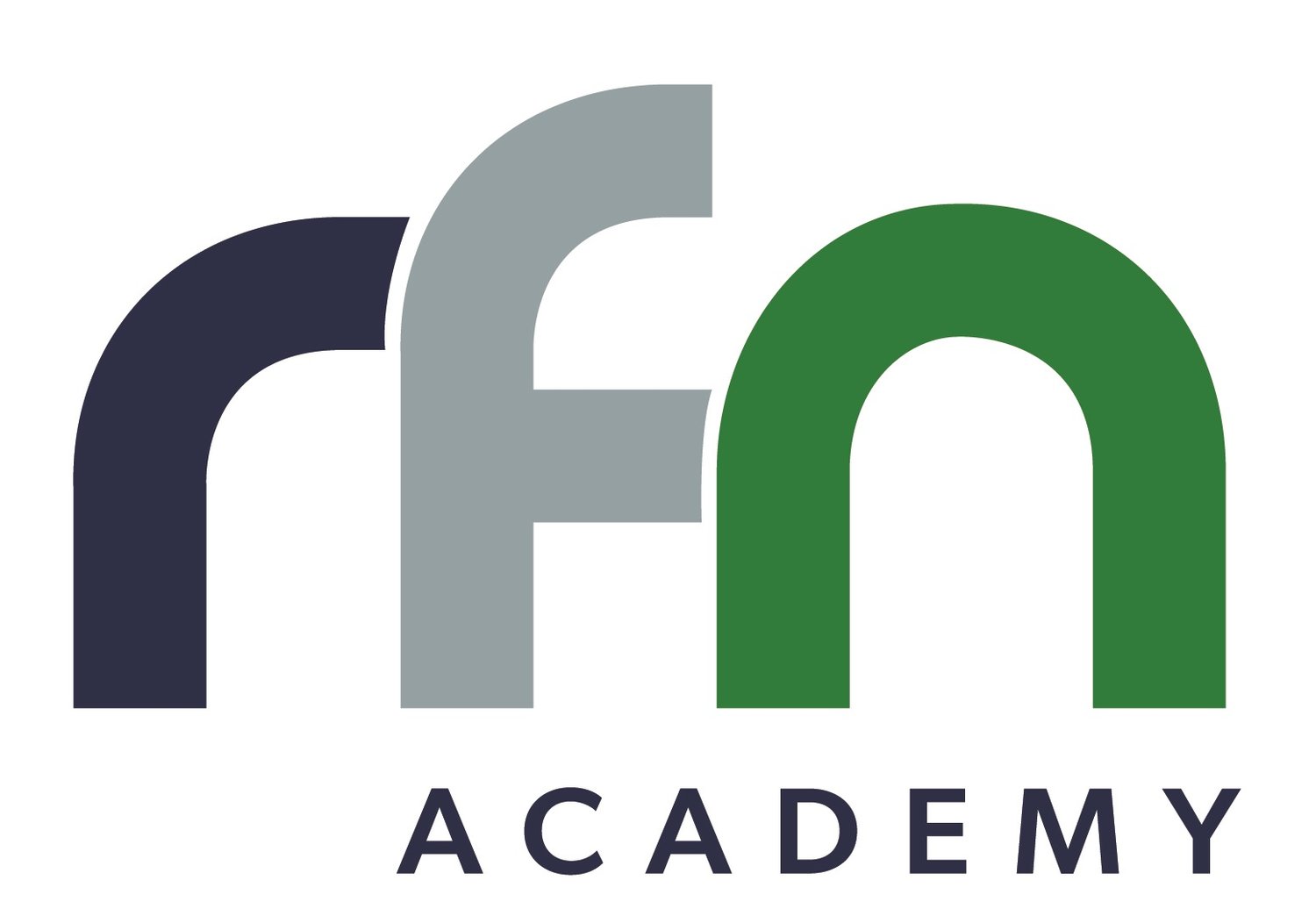Family business - a next generation opportunity?
by Rex Northen, Cleantech Open Global
90% of all businesses in the United States are family held.
The successful among them will one day face the inevitable question: “What comes next?”
Is there life for an established family firm after the owner decides it’s time to relinquish the helm?
Will the kids take the wheel?
Are there willing buyers out there ready to pay fair market value?
Could the management team take over?
Will the transition work? Sadly, based on current success rates, the answer is probably not.
Fewer than 30% of businesses handed down from owner to child(ren) will live on. And only 12% will make it to the third generation.
The story for acquisitions is even worse: up to 90% of all mergers and acquisitions flame out.
So what is the future for America’s current crop of family businesses that must transition to new ownership sooner or later?
It’s a crucial question at a moment when every day of every week another 10,000 baby boomers turn 65. A 2017 Business Enterprise Institute survey of business owners between the ages of 40-69 with annual revenues of $500,000 to $500 million found 79% planned to exit by 2027 – nearly 60% of them by 2022. Of course, these are plans that could be delayed, or accelerated, by the economic shocks of COVID-19.
RFN Academy expert contributors Sean Hutchinson and Rex Northen, authors of a new approach to inter-generational transitions, have worked for decades with businesses of all sizes.
Their answer?
Curvespanning™.
Family-business transitions are beset by a special set of challenges. Family dynamics, poor planning, and resistance to change from existing employees and customers are just a few of the traps ready to ensnare both current owners and the next generation attempting to take over.
And then there’s lifespan. Every core element of every business – every product, every service, every initiative to find and keep customers – heck, even the office décor – all of them have a natural beginning and end. There’s childhood, followed (if the gods are kind) by an adolescent growth spurt, then maturity, and, well, end of life.
Here are those four phases represented as an ‘S-Curve’ – a graph showing the cumulative “worth” of a product or marketing initiative, the productivity of your computer system or the equipment in your factory:
Yup, all good things come to an end. Today’s landfill is packed with yesterday’s VHS tapes that sold so well and those fax machines that no business could do without. The question for every business owner is whether end of life for its once-cool products, marketing initiatives and back-office systems also mean end of life for the company. And whether transitioning the business to new ownership will mean a new lease of life or simply hasten its demise.
That’s where Curvespanning™ comes in.
Family business transitions are among the most challenging – and among the most promising – of all. Armed with years of experience and the support of their teams, the Curvespanning™ program sets out a new strategic approach designed to make this often thorny process more predictable, reliable and successful.
Curvespanning™ is a pragmatic, step-by-step program in five phases, each rich in comprehensive materials, highly engaging training and useful analytics:
1. Maximizing today’s business opportunities
2. Planning for transition
3. Value acceleration
4. Business acceleration
5. Personal acceleration
If you are interested in learning more about Curvespanning™, join our mailing list to stay up to date on upcoming events and programs.

